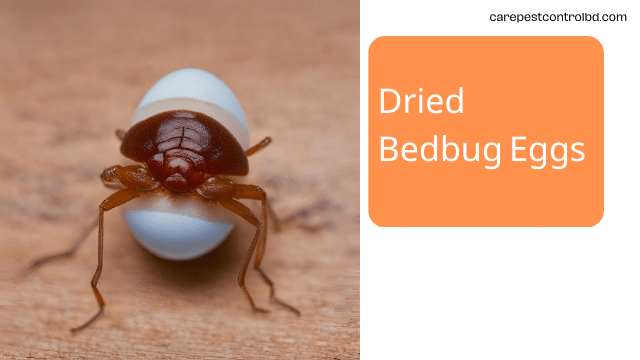If you’ve discovered dried bed bug eggs lurking in your bed, nestled in your clothing, or hiding in the nooks of your furniture, there’s no need for alarm. Understanding that this can be a stressful and challenging situation, we’ve carefully compiled 12 effective strategies to help you tackle this problem. These methods are designed to address and manage bed bug issues comprehensively, ensuring you can reclaim your space with confidence. From practical tips to professional advice, our guide offers a variety of solutions to efficiently deal with the bed bug dilemma you’re facing. Let’s explore these options together and find the best approach for your specific situation.
Understanding the appearance and characteristics of dried bed bug eggs is essential for effective pest control. Typically, these eggs are tiny, about 1mm long, and pearly white when freshly laid. They become opaquer and more complex to spot against light-colored backgrounds as they dry out. These eggs are usually laid in clusters in secluded areas, such as mattress seams, furniture joints, or cracks in the floor.
Recognizing the signs of dried bed bug eggs is crucial for early detection and control. Prompt identification can prevent the spread of an infestation, as each egg has the potential to develop into a new, blood-feeding adult. Homeowners and pest control professionals should know these eggs’ familiar hiding places and appearances to target them effectively in treatment strategies.
Eliminating dried bed bug eggs requires a comprehensive approach. This includes chemical treatments and thorough cleaning and vacuuming of suspected areas. Particular attention should be paid to cracks and crevices where eggs might be hidden. Professional extermination services may sometimes be necessary to ensure complete removal.
What Do Dried Bed Bug Eggs Look Like?
Dried bed bug eggs present a distinct appearance, crucial for identification in pest control efforts. These tiny entities, roughly 1mm in size, transform in color from a translucent, pearl-like hue when freshly laid to a more opaque and off-white shade as they dry. This subtle color shift often makes them challenging to detect, especially against lighter backgrounds.
The shape of these eggs is oval, akin to a grain of rice, but on a much smaller scale. Found typically in clusters, these eggs are strategically laid by bed bugs in concealed, sheltered areas, such as within the seams of mattresses, along the edges of baseboards, or inside the crevices of furniture. Their minuscule size and the tendency to reside in hard-to-spot locations underscore the importance of a keen eye and thorough inspection when suspecting a bed bug infestation. Recognizing these signs is vital for early intervention and effective pest management.
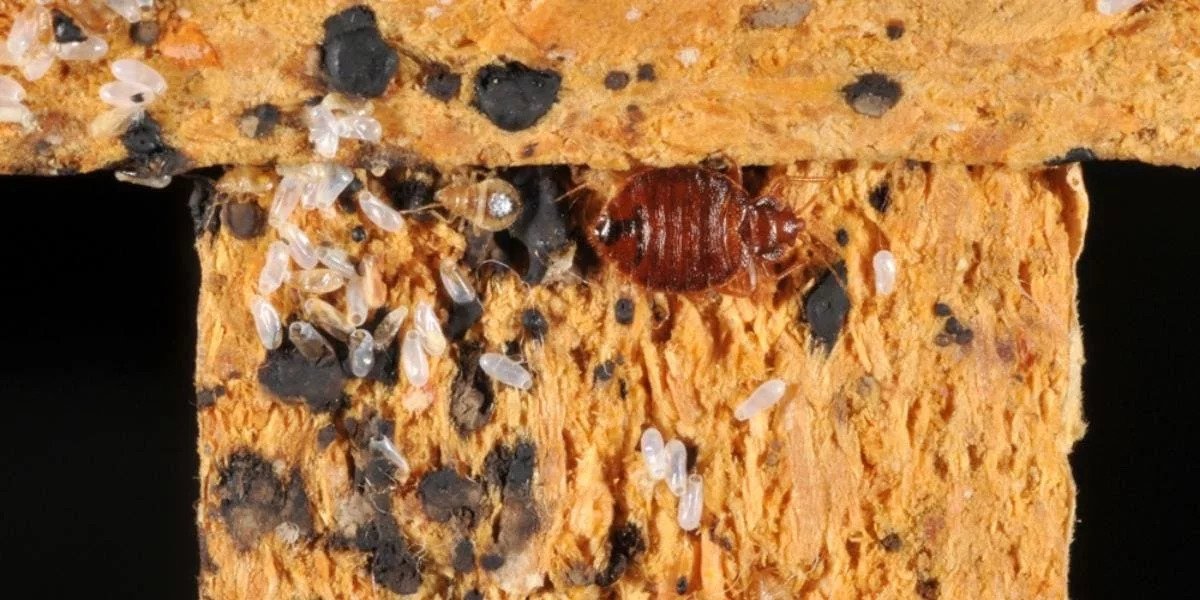
12 Ways To Deal With Dried Bed Bug Eggs
Step 1: Regular Inspections
Regular inspections are a cornerstone in proactively managing bed bug infestations, particularly concerning the elusive dried bed bug eggs. This preventive strategy involves meticulously examining common bed bug hideouts, such as mattress seams, furniture joints, and baseboards. Armed with a flashlight and magnifying glass, one must scrutinize these areas for signs of the minuscule, off-white eggs that bed bugs discreetly lay. Conducting these inspections routinely not only aids in early detection but also significantly reduces the likelihood of a widespread infestation. This vigilant approach is essential for maintaining a bed bug-free environment, ensuring peace of mind, and safeguarding one’s living space.
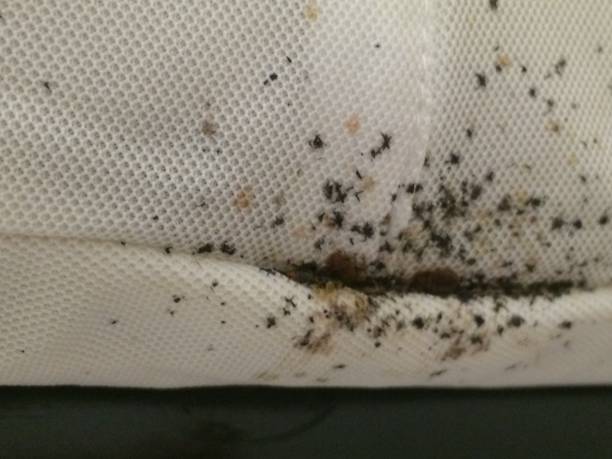
Step 2: Vacuuming
Vacuuming stands out as a pivotal method in the battle against bed bug infestations, particularly effective against the stubborn challenge of dried bed bug eggs. Utilizing a vacuum with strong suction, one can meticulously remove eggs from difficult-to-reach areas like carpet fibers, furniture crevices, and bed seams. This method is efficient and environmentally friendly, offering a chemical-free solution. Key to its effectiveness is the immediate and secure disposal of the vacuum bag, ideally in a sealed container outside, to prevent re-infestation. Regular vacuuming, especially in high-risk areas, is a proactive measure, significantly reducing the chances of bed bug eggs hatching and multiplying.
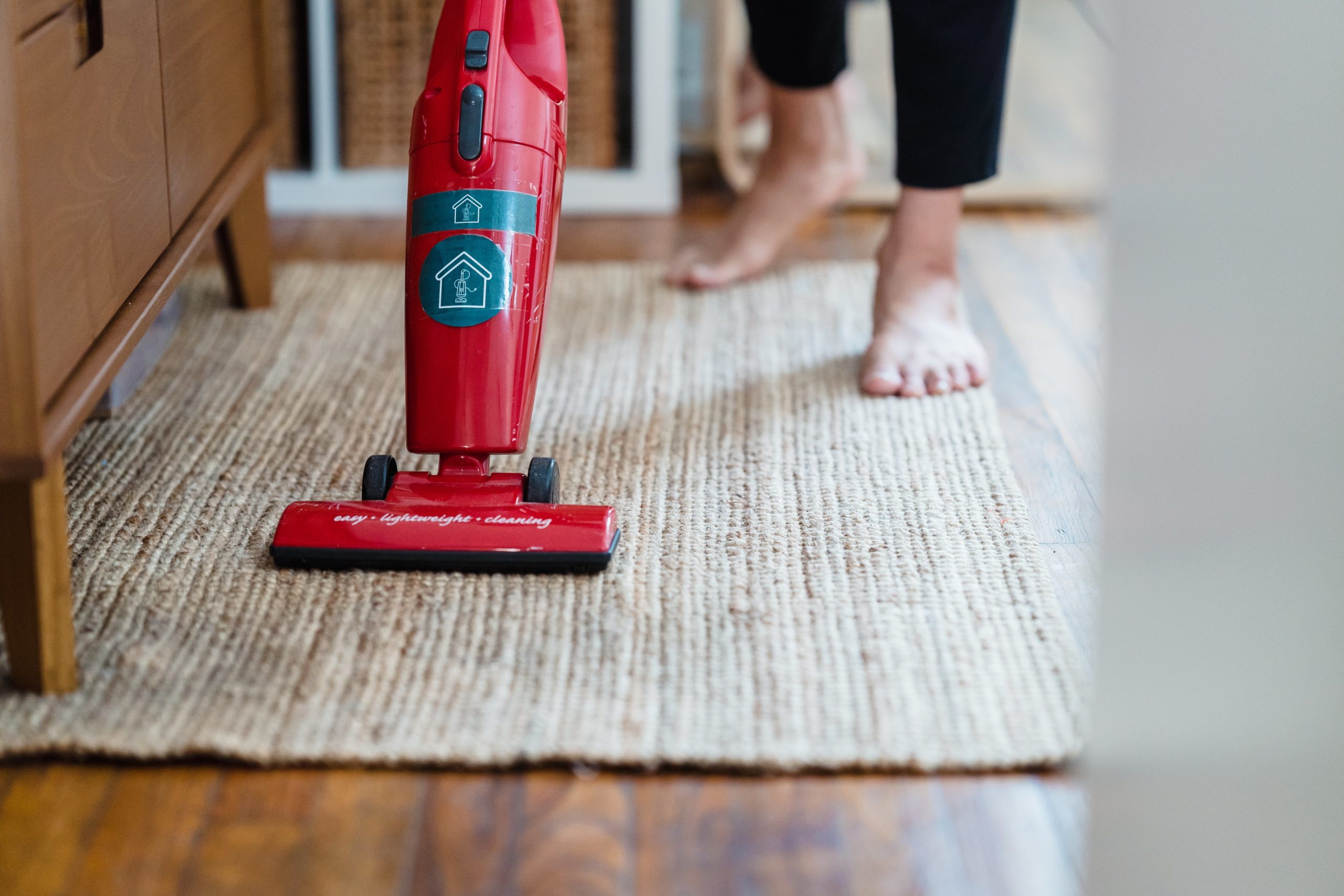
Step 3: Steam Cleaning
Steam cleaning is a highly effective, eco-friendly approach to eradicating dried bed bug eggs. This method utilizes the penetrating power of high-temperature steam to reach into fabrics and crevices, areas where bed bugs often deposit their eggs. It’s a safe, chemical-free solution that thoroughly treats mattresses, upholstery, and other fabric-covered furnishings. Regular steam cleaning targets the resilient eggs and contributes to maintaining overall cleanliness. Integrating this practice into routine cleaning can significantly diminish the likelihood of a bed bug infestation, ensuring a healthier and more hygienic environment.
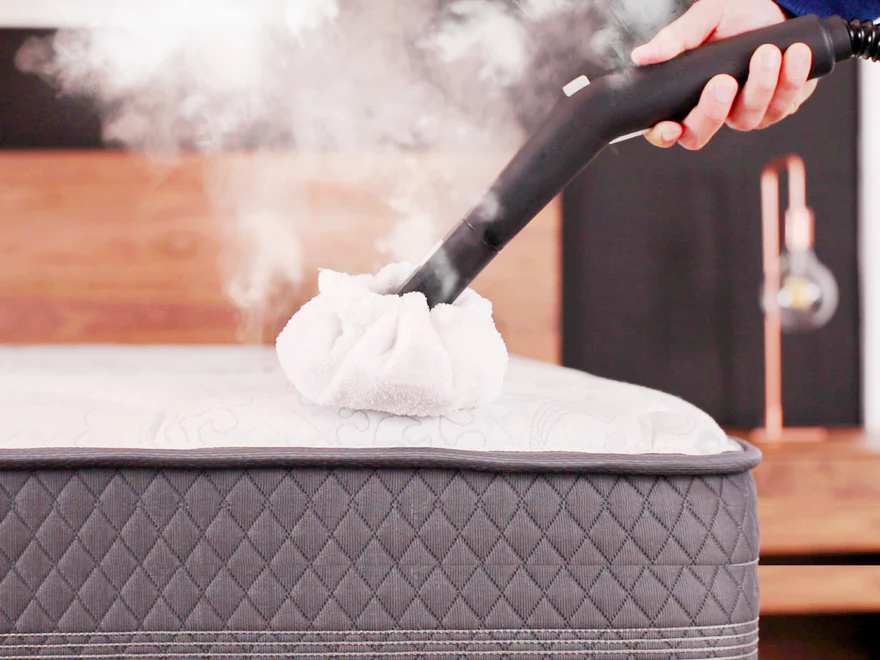
Step 4: Use of Insecticides
Using insecticides is crucial in controlling bed bug infestations, mainly targeting resilient dried eggs. Selecting a suitable insecticide, specifically formulated to combat bed bugs, is critical. It’s vital to apply these chemicals with precision and care, adhering strictly to safety guidelines to protect inhabitants and pets. Insecticides act as an effective line of defense, reaching areas that manual methods might miss. However, their effectiveness can vary; some bed bug eggs might resist. Hence, combining insecticides with other methods like steam cleaning or vacuuming often yields the best results, ensuring a comprehensive approach to bed bug eradication.
Step 5: Diatomaceous Earth
Diatomaceous Earth stands as a natural, potent weapon in the fight against bed bug infestations, explicitly targeting the challenging aspect of dried bed bug eggs. This fine powder, made from fossilized algae, is non-toxic and safe for use in home environments. When applied to areas prone to bed bugs, it dehydrates the eggs and the bugs themselves, eliminating them. Its efficacy lies in its ability to be spread in narrow crevices and along baseboards where eggs are often hidden. Incorporating Diatomaceous Earth into pest control routines offers a chemical-free, environmentally friendly option, adding an effective layer to bed bug prevention strategies.
Step 6: Encasements for Mattresses and Pillows
Encasements for mattresses and pillows are an innovative and effective strategy in the battle against bed bugs, particularly for safeguarding against the persistence of dried bed bug eggs. These specially designed covers act as a barrier, preventing bed bugs from infiltrating and laying eggs within the fibers of mattresses and pillows. The encasements are typically made from materials impervious to bed bugs, allowing easy detection and cleaning of any bugs or eggs on the surface. Regularly inspecting and maintaining these encasements can significantly diminish the likelihood of an infestation, which is vital in a comprehensive bed bug prevention and management plan.
Step 7: Heat Treatment
Heat treatment is a highly effective, eco-friendly method for eradicating bed bug infestations, particularly for destroying dried eggs. This process involves elevating the temperature of an infested area or item to a level lethal to bed bugs and their eggs, typically around 120°F or higher. Professional exterminators often employ this technique, using specialized equipment to ensure uniform heat distribution penetrating all potential hiding spots. This method is beneficial for treating large areas or items that cannot be easily cleaned by other means. Integrating heat treatment into pest control offers a chemical-free, thorough solution to combating bed bug infestations.
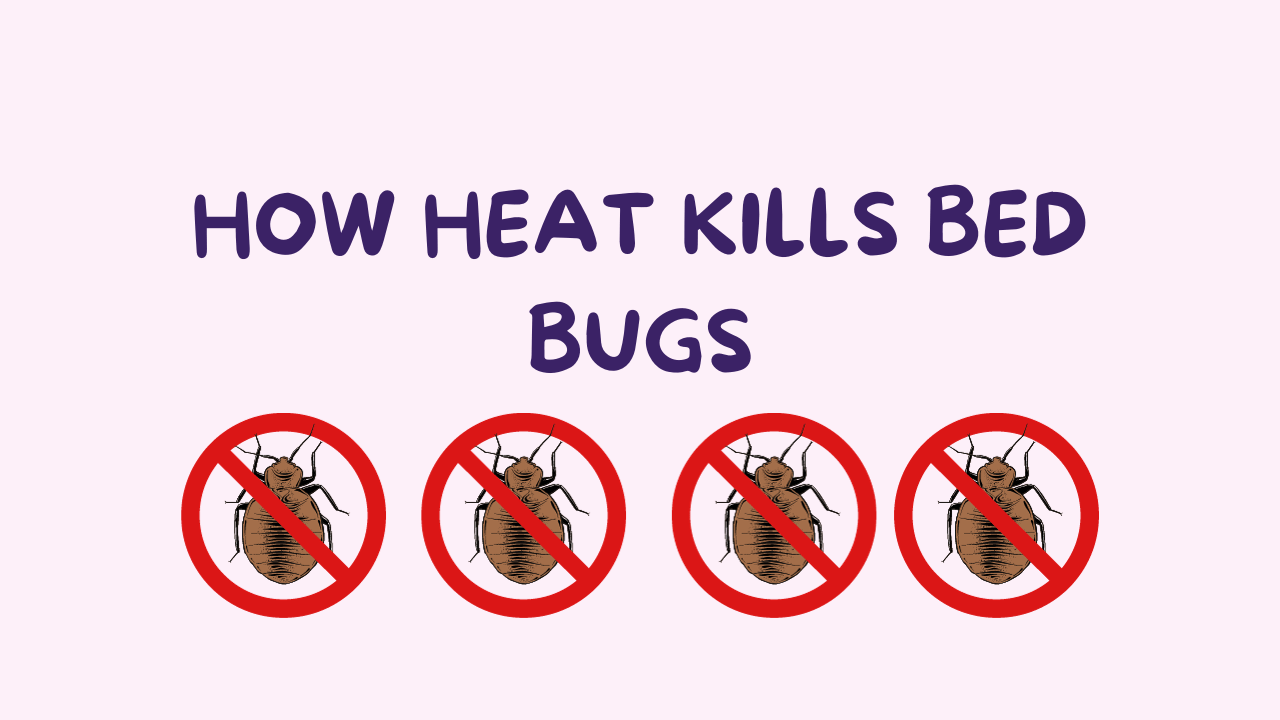
Step 8: Cold Treatment
Cold treatment is an effective countermeasure in the fight against bed bugs, especially for neutralizing dried bed bug eggs. This technique leverages extreme cold, typically utilizing temperatures at or below 0°F, to eradicate bed bugs and their eggs. Small infested items like clothing, bedding, and toys can be sealed in bags and placed in a freezer for at least four days to ensure complete extermination. This method is particularly advantageous for items that cannot withstand heat treatment or harsh chemicals. Regular cold treatment as part of a comprehensive pest management plan can be crucial in preventing bed bug infestations in homes.
Step 10: Professional Exterminators
The isolation of infested items is critical in the comprehensive management of bed bug outbreaks, particularly for curtailing the spread of dried bed bug eggs. This method involves identifying and segregating items like bedding, clothing, and furniture affected by bed bugs. Enclosing these items in sealed bags or containers prevents the further spread of the infestation throughout the home. This containment strategy is essential in the initial stages of addressing a bed bug problem, allowing for focused treatment of the infested items, either through laundering, freezing, or professional extermination. Effective isolation curbs the immediate spread and simplifies the overall process of eradicating bed bugs.
Step 11: Non-Toxic Sprays
Non-toxic sprays offer a safe and environmentally friendly option against bed bug infestations, particularly useful in targeting dried bed bug eggs. These sprays are made from natural ingredients, posing minimal risk to humans and pets, making them ideal for use in residential settings. While they may not be as potent as chemical pesticides, non-toxic sprays are effective for regular maintenance and preventive measures. They can be applied in areas prone to infestations, such as around bed frames, furniture, and baseboards, helping to deter bed bugs and disrupt their life cycle. Incorporating non-toxic sprays into a holistic pest control regimen can significantly aid in managing and preventing bed bug issues.
Step 12: Regular Cleaning
Regular cleaning is indispensable in preventing and controlling bed bug infestations, specifically in addressing the challenge of dried bed bug eggs. A consistent cleaning regimen, which includes dusting, vacuuming, and decluttering, significantly reduces potential hiding spots for bed bugs and their eggs. Focusing on high-risk areas such as bedrooms, upholstery, and carpets ensures a thorough approach. Regular laundering of bed linens and curtains at high temperatures also helps eliminate eggs or bugs. This proactive and diligent cleaning routine maintains a hygienic living environment and acts as a fundamental preventive measure against bed bug infestations, safeguarding the home from these unwelcome invaders.
Conclusion
In conclusion, effectively dealing with dried bed bug eggs requires a multi-faceted approach, combining vigilance and proactive measures. Regular inspections, thorough vacuuming, and steam cleaning are crucial in early detection and removal. Integrating heat and cold treatments, alongside the strategic use of insecticides and natural solutions like Diatomaceous Earth, enhances eradication efforts. Employing protective encasements for mattresses and pillows, isolating infested items, and relying on professional exterminators when necessary ensure a comprehensive battle plan. Incorporating non-toxic sprays and maintaining regular cleaning routines are vital preventive strategies. Together, these twelve methods form a robust defense, safeguarding homes from the persistence and spread of bed bug infestations.
If you are looking for Bedbugs Services in Dhaka. Call Us Today

